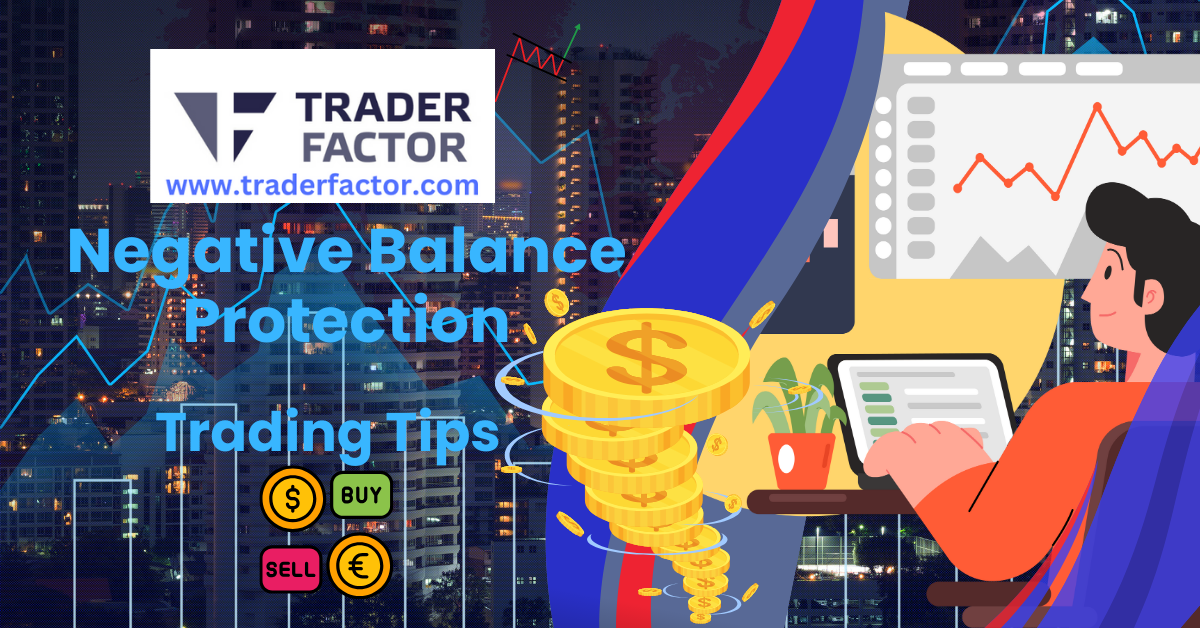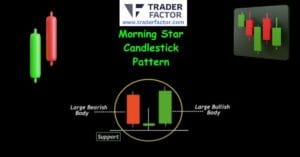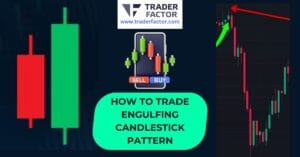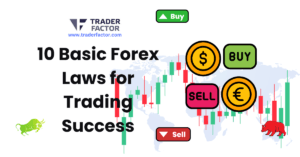In Europe and the UK, most FX and CFD brokers offer Negative Balance Protection (NBP). UK brokers are mandated to offer (NBP), and if your account goes into the red, they must credit your account with a zero balance.
Even after the UK left the Union, the requirement—along with the leverage limitations and other restrictions established by ESMA in 2018—remains in effect on an EU level.
For professional traders in the forex market, it’s important to understand the concept of (NBP). This technique serves as a safety net for a trading account if huge losses occur due to adverse market conditions.
This blog post will cover exactly how negative balance protection works and answer some common questions about its effectiveness.
Table of Contents
ToggleUnderstanding Negative Balance Protection in Forex

Negative Balance Protection is a risk management feature in forex trading that prevents a trader’s account balance from going below zero. It guarantees that a trader’s losses cannot exceed their account balance and protects traders from incurring debt. With this protection in place, traders can trade with confidence and reduce the risk of losing more money than they have in their accounts.
With negative balance protection, you won’t lose more money than what is in your trading account. Consider making a deposit of €1,000 and starting a CFD trade with a leverage of 5:1. You will have a position worth €5,000 in this scenario.
Due to the leverage, if there is market volatility and your position unexpectedly decreases by 25%, you will lose €1250, or 125% of your initial deposit. This means that if the broker didn’t offer negative balance protection, your €1.000 balance wouldn’t be enough to cover your losses, and you would owe them €250.

If the same transaction is carried out with a broker who offers negative balance protection, your loss cannot be greater than the €1.000 deposited.
If the same transaction is made with a broker who does not offer negative balance protection, you will not only lose €1.000 but also be required to pay the broker an additional €250.
When choosing a broker, negative balance protection is unquestionably useful service that offers peace of mind. Remember that all brokers do not offer it.
What Negative Balance Protection Says About A Broker
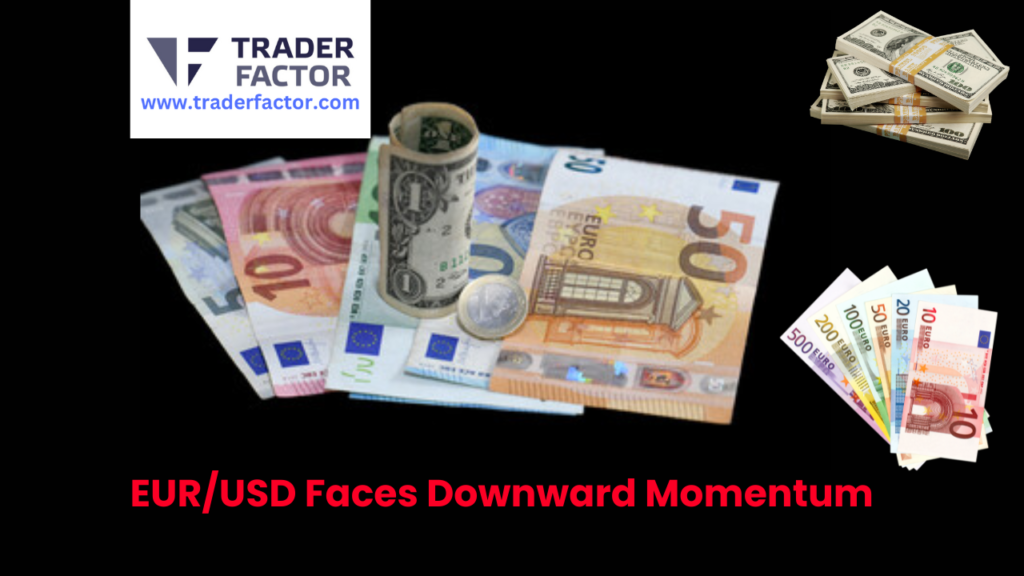
(NBP) is a useful tool for traders as it helps to manage risk and prevents excessive losses. This feature is particularly beneficial for inexperienced traders who may not understand risk management strategies or may be prone to making impulsive trades.
Having (NBP) in place also shows that a broker is taking steps to ensure the financial stability of its clients. This can be seen as a sign of trustworthiness and accountability, as the broker is taking steps to mitigate the likelihood of its clients incurring heavy unforeseen losses.

In addition, brokers that offer negative balance protection are often subject to regulatory oversight, which can help ensure that they operate transparently and in compliance with industry standards. This can provide an added layer of security for traders and give them peace of mind that their funds are protected.
Overall, negative balance protection is an important consideration when choosing a broker, as it indicates a commitment to client’s financial well-being and can provide an added layer of security for traders.
Choosing A Brokers With Negative Balance Protection

If you’re investing in financial markets, you know that not every venture is a success and unfortunately, losses can be greater than anticipated. That’s why it’s so important to choose an online broker who offers (NBP) – a range of strategies designed to ensure your account stays safe even when things don’t go as planned.
Check the broker’s regulations and licensing
Before choosing a broker, it is important to verify that they are regulated by a reputable financial authority and hold the necessary licenses to operate in your jurisdiction. This will ensure that the broker is subject to oversight and is required to follow strict rules and regulations, including those related to negative balance protection.
Read the terms and conditions
Make sure to read the broker’s terms and conditions, specifically the section on negative balance protection. This will give you an idea of the level of protection offered by the broker, including any conditions or restrictions that apply.

Look for a broker with a good reputation
Research the broker’s reputation through online forums and websites to ensure that they have a history of providing a secure trading environment. Check for any negative reviews or complaints related to negative balance protection or other important issues.
Consider the trading conditions
In addition to negative balance protection, it is important to consider the broker’s trading conditions, including the available trading instruments, spreads, and leverage levels. Make sure the broker offers the instruments and conditions that you need to effectively trade and reach your investment goals.
Verify the broker’s claims
Some brokers may claim to offer negative balance protection, but it is important to verify these claims. Contact the broker’s customer support for clarification or check their website for information on negative balance protection.

Ask for a demo account
Before committing to a broker, try each of the brokers’ trading platforms using a demo account. This will allow you to get a feel for the trading platform and to test the broker’s negative balance protection measures.
Compare multiple brokers
Finally, compare many brokers and their offerings, including negative balance protection, to ensure that you choose the best option for your trading needs. Look for a broker that offers the level of protection you need, along with the trading conditions, instruments, and support you require to succeed as a trader.
Pros Of Negative Balance Protection For Forex Traders
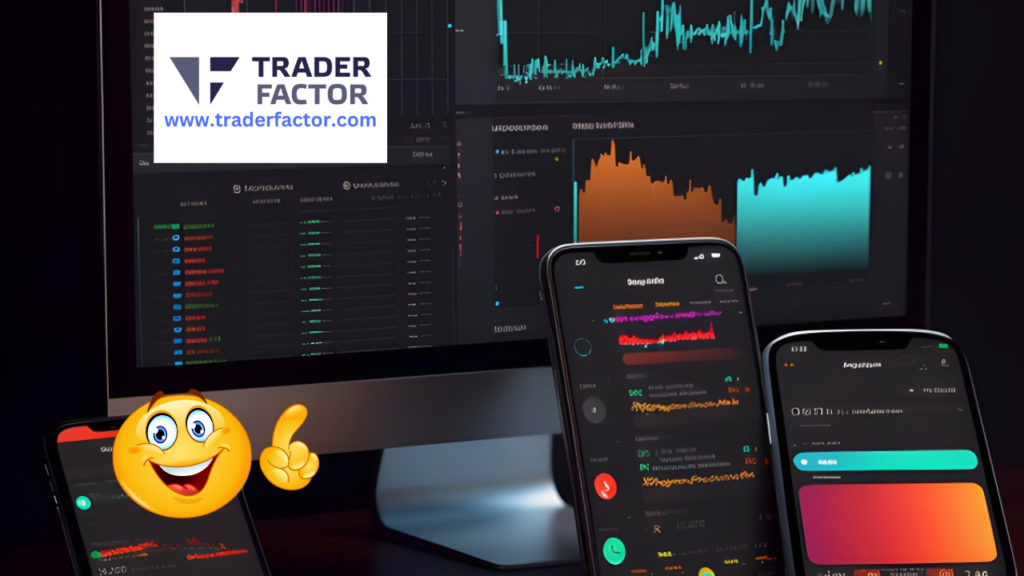
As with any other investment strategy, there’s always the possibility of capital loss, even for those taking extra precautions and using education-based strategies to minimize risks. Negative balance protection (NBP) is an essential tool to shield yourself from extreme losses during volatile market conditions or mistakenly placed trades.
Here are the benefits of NBP.
Reduced risk of losing more than account balance
Negative balance protection ensures that a trader’s balance cannot go below zero. This means that the trader will not be able to lose more money than they have in their trading account, reducing the overall risk of their trading.

Protection from margin calls
Without negative balance protection, a trader may face margin calls and be forced to add funds to their account or close out positions to prevent further losses. With negative balance protection, traders will not have to worry about this happening as their balance will be protected.
Peace of mind for traders
Having negative balance protection can provide peace of mind for traders as they can trade without fear of losing more than their account balance.
Prevents traders from entering debt
Negative balance protection prevents traders from entering debt, as it sets a limit on the amount of money that can be lost.

Better account management practices.
Implementing negative balance protection promotes better account management practices, as traders are encouraged to manage their risk more effectively and trade within their means.
Negative Balance Protection Regulations

Negative balance protection regulations vary by jurisdiction and regulatory body. These regulatory bodies have set guidelines and regulations to ensure that (NBP) is implemented by most brokers operating in their respective jurisdictions. The regulations may include the minimum level of negative balance protection required, reporting requirements, and consumer protection measures.
Traders need to research the regulations in their jurisdiction to understand the level of protection provided by negative balance protection and to choose a broker that complies with these regulations.
European Securities and Markets Authority (ESMA)
ESMA is a European Union (EU) regulator responsible for regulating the securities and investment markets in the EU. ESMA’s regulations regarding negative balance protection are designed to protect retail clients from excessive losses. The ESMA requires that retail clients are protected from negative balances, and brokers must implement measures to prevent clients from incurring negative balances.

Australian Securities and Investments Commission (ASIC)
ASIC is Australia’s corporate, markets, and financial services regulator. It requires that Australian brokers implement measures to protect retail clients from negative balances, such as implementing risk management systems and setting appropriate margin requirements.
Financial Conduct Authority (FCA) in the UK
The FCA is the UK’s financial regulator responsible for supervising the financial markets. The FCA requires that UK brokers provide negative balance protection to retail clients and sets guidelines for the implementation of negative balance protection.
National Futures Association (NFA) in the US
The NFA is the self-regulatory organization for the US derivatives industry, including futures and forex markets. The NFA requires that US brokers provide (NBP) to retail clients and provides guidelines for the implementation of negative balance protection. The NFA also requires brokers to segregate client funds, ensuring that client funds are kept separate from the broker’s funds.

Takeaway
Negative Balance Protection is a crucial aspect of Forex trading as it safeguards traders from incurring large losses. It ensures that a trader’s account balance cannot drop below zero, preventing traders from owing money to their broker.
Understanding how NBP works, and how to implement it in your trading strategies, can help traders minimize their risk and trade with confidence. With NBP, traders can focus on their strategies and not worry about losing more than their account balance.
To sum it up, Negative Balance Protection is a useful tool for Forex traders, and it is highly recommended to be aware of its benefits and make use of it.
Disclaimer:
All information has been prepared by TraderFactor or partners. The information does not contain a record of TraderFactor or partner’s prices or an offer of or solicitation for a transaction in any financial instrument. No representation or warranty is given as to the accuracy or completeness of this information. Any material provided does not have regard to the specific investment objective and financial situation of any person who may read it. Past performance is not a reliable indicator of future performance.

